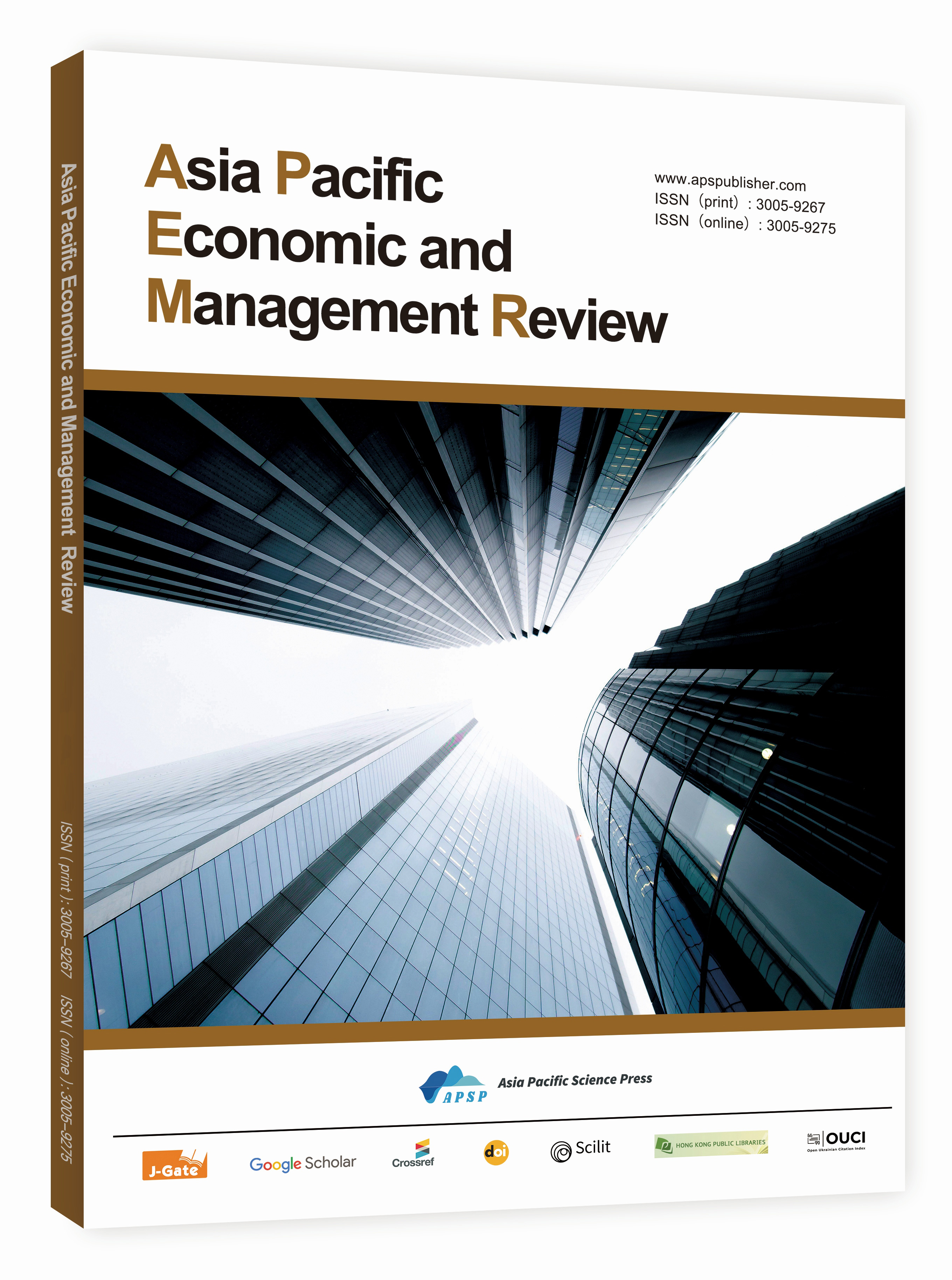Industrial Upgrading and Structural Transformation under the Context of Globalization: Theoretical Pathways and Policy
DOI:
https://doi.org/10.62177/apemr.v2i3.393Keywords:
Globalization, Industrial Upgrading, Structural Transformation, Global Value Chain, Regional Economic CoordinationAbstract
With the continuous advancement of globalization, economies around the world are facing significant challenges and opportunities in industrial upgrading and structural transformation. This paper aims to explore the theoretical pathways and driving factors of industrial upgrading and structural transformation under the context of globalization, and provide corresponding policy implications. The study shows that technological innovation, deep integration into global value chains, and regional economic coordination are key factors driving industrial upgrading and structural transformation. The transformation of traditional industries relies on technological upgrades and the expansion of industrial chains into higher value-added sectors, while emerging industries promote economic growth through cluster development and cross-sector integration. At the same time, globalization brings a dynamic balance of cooperation and competition, requiring countries to achieve coordinated development in this process. Finally, this paper suggests that by increasing R&D investment, optimizing global value chain layout, and strengthening policy coordination, countries can effectively promote industrial upgrading and structural transformation, supporting high-quality economic development.
Downloads
References
Anderson, J., & Sutherland. (2015). Developed economy investment promotion agencies and emerging market foreign direct investment: The case of Chinese FDI in Canada. Journal of World Business, 50(4), 815–825. DOI: https://doi.org/10.1016/j.jwb.2015.04.005
Fleisher, B., Li, H., & Zhao, M. Q. (2010). Human capital, economic growth, and regional inequality in China. Journal of Development Economics, 92(2), 215–231. DOI: https://doi.org/10.1016/j.jdeveco.2009.01.010
Porter, M. E. (2000). Location, competition, and economic development: Local clusters in a global economy. Economic Development Quarterly, 14(1), 15–34. DOI: https://doi.org/10.1177/089124240001400105
Barbour, E. (2002). Metropolitan growth planning in California, 1900–2000 (pp. 78–82). San Francisco: Public Policy Institute of California.
Kim, B., Barua, A., & Whinston, A. B. (2002). Virtual field experiments for a digital economy: A new research methodology for exploring an information economy. Decision Support Systems, 32(3), 215–231. DOI: https://doi.org/10.1016/S0167-9236(01)00094-X
Hofman, A., Aravena, C., & Aliaga, V. (2016). Information and communication technologies and their impact in the economic growth of Latin America, 1990–2013. Telecommunications Policy, 40(5), 485–501. DOI: https://doi.org/10.1016/j.telpol.2016.02.002
Ozturk, D., & Batuk, F. (2011). Technique for order preference by similarity to ideal solution (TOPSIS) for spatial decision problems. In Proceedings ISPRS, 1(4).
Downloads
How to Cite
Issue
Section
License
Copyright (c) 2025 Yixin Chen

This work is licensed under a Creative Commons Attribution-NonCommercial 4.0 International License.

















